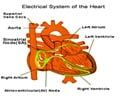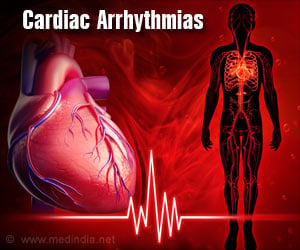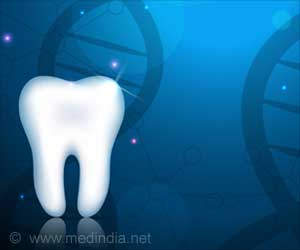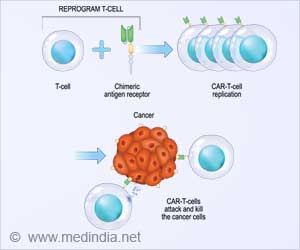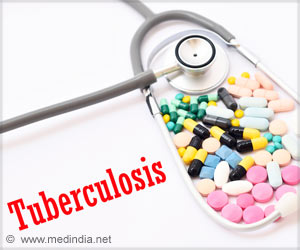The human pacemaker cells were shown to function as a biological pacemaker, by activating the electrical impulses.

- Defects in heart’s biological pacemaker is treated by implanting electronic pacemaker that has many limitations.
- Fully functional biological pacemaker cells have been generated from pluripotent human stem cells.
- These biological pacemakers represent a promising alternative to electronic pacemakers.
In their findings, researchers detailed how to coax human pluripotent stem cells in 21 days to develop into pacemaker cells, which regulate heart beats with electrical impulses.
When tested in rat hearts, these human pacemaker cells were shown to function as a biological pacemaker, by activating the electrical impulses that trigger the contraction of the heart.
One benefit of pluripotent stem cells is its potential to differentiate into more than 200 different cell types that make up every tissue and organ in the body.
Sinoatrial Node
Defects in the biological pacemaker causes irregular heart beat that are commonly treated by implantation of electronic pacemaker devices.
Drawbacks of electronic pacemakers include lack of hormonal responsiveness and inability to adapt to changes in heart sizes in growing children.
How Researchers Generated Pacemaker Cells
They used a developmental-biology approach to establish a protocol for generating the pacemaker cells.
"What we are doing is human biology in a petri dish," says Dr. Gordon Keller, Director of the McEwen Centre, the senior author. "We are replicating nature's way of making the pacemaker cell."
The specific developmental pathway of how human pluripotent stem cells become pacemaker cells was tested and mapped out. Through a period 21 days,they tested different signaling molecules at different times to guide the cells towards their goal of becoming paemaker cells.
"It's tricky," says Dr. Stephanie Protze, a post-doctoral fellow in the laboratory of Dr. Keller and the first author in the Nature paper. "You have to determine the right signaling molecules, at the right concentration, at the right time to stimulate the stem cells."
"We understand the importance of precision in developmental biology in setting out the process by which organisms grow and develop. We use that same precision in the petri dish because we are replicating these same processes."adds Dr. Keller
The new pacemaker cells could initiate and regulate the heartbeat in rats after the activation of signaling pathways at different stages.
Future Use
Human clinical trials to test such biological pacemakers are from five to 10 years away, and that the next step is to launch safety and reliability pre-clinical trials on the pacemaker cells.
For patients suffering from pacemaker dysfunction, pacemaker cell can be generated using this technology.
The team hopes to develop a biological pacemaker which could be transplanted into patients who need an electronic one. If successful, the biological pacemaker holds the promise of a lifelong cure.
Reference
- Gordon Keller et al. Sinoatrial node cardiomyocytes derived from human pluripotent cells function as a biological pacemaker. Nature Biotechnology; (2016) DOI: 10.1038/nbt.3745
Source-Medindia


